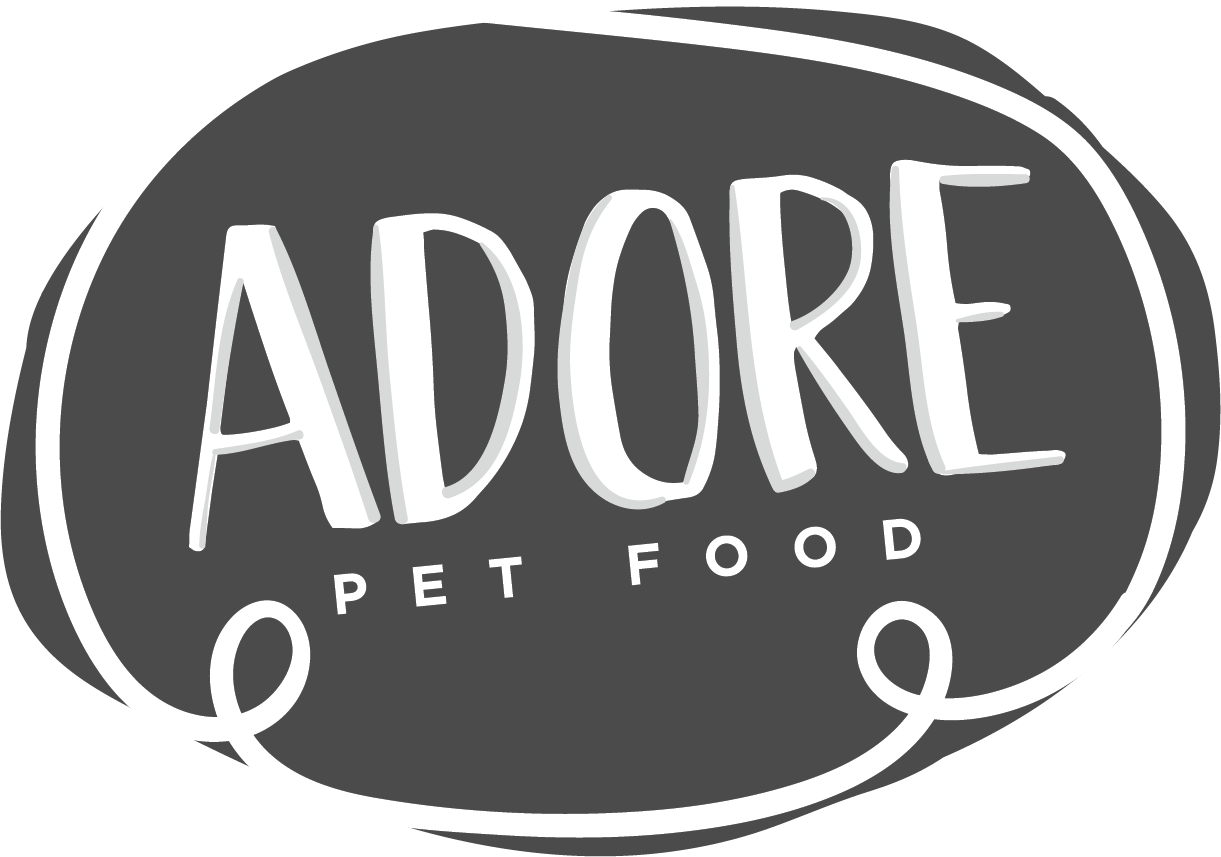Part 1: Exercise
In Part 1 we will be talking about the first of the 3 facets of keeping your pet healthy: exercise, veterinary care, and nutrition.
Exercise:
A key part of keeping pets (and people!) healthy is exercise! Exercise helps keep your pet at a healthy weight. Being active builds muscle, and muscle is critical to keeping your pet happy and healthy. Different pets require different amounts of exercise and needs also change as your pet ages.
What is a muscle condition score?
Muscle Condition Score, or MCS, is a grade for your pet’s muscle, either normal, mild muscle loss, moderate loss, or severe loss. This can be a good tool for evaluating your own pet, and is increasingly used in veterinary medicine as one more indicator of your pet’s health, and something that can be tracked year over year. You can read more about muscle condition scoring, and see a chart for how to evaluate a pet’s muscle condition score, here:
https://www.wsava.org/WSAVA/media/Documents/Committee%20Resources/Global%20Nutrition%20Committee/Muscle-condition-score-chart-2013-1.pdf
There is a bit of a learning curve to scoring muscle condition in pets. Your veterinary team can validate the score you have given your own pet, and give you some tips and hints. They have their hands on MANY dogs and cats, so have lots more opportunities to practice!
Dogs:
Every dog will benefit from daily exercise. Your veterinary team is your best source of advice, particularly if your dog has any medical conditions or limitations.
Still growing?
Exercise is important for growing puppies, but it is also very important not to overdo it! Growing joints are at a higher risk of injury or strain, and overuse can set your puppy up for long term joint issues. If your puppy came from a breeder, they may have some guidelines for you based on their experience in the breed. Your veterinary team will again be a great resource and can advise on appropriate and inappropriate exercises for your growing puppy. In general, it is important not to do any “forced” activity – definitely no running on leash/beside a bike, etc. until your pup is fully grown! Walks are great, but need to be appropriate distance to your pup’s development – ask for guidance for your individual puppy. Soft surfaces are best, the less walking on pavement/roads the better. Safe areas where your pup can run an explore at their own pace, while you supervise, is ideal to build healthy muscle and joints without putting stress on your growing puppy. Playtime with other similar sized and aged pups can be a great exercise – this might be a good opportunity to find a local puppy socialization class or group.
Adult?
Different breeds have different requirements, and there will be individual variation within a breed. Some breeds, such as Dalmatians, were bred to run long distances. They have natural endurance and often thrive on significant exercise. Other breeds, like a Cavalier King Charles Spaniel, were bred to be companions, so they may find a more sedate walk around the neighbourhood sufficient.
When starting out with a new exercise regime, work up slowly, just like you would with any exercise program. Going from the couch to a marathon is a quick path to injury for you AND your pooch! There are lots of different activities you can do beyond daily walks, some dogs enjoy “joring” sports where they are pulling a bike/scooter/sled etc. in harness. Others may thrive on swimming, particularly on hot days. Some dogs may prefer play time with other dogs. You know your dog best. Your veterinary team is a great source of information and advice.
Cats:
Many cats live the life of luxury as a pampered housecat, but these feisty felines still require exercise, in fact it is even more important than their outdoor counterparts as they may not be very active when left to their own devices.
Sometimes we need to be a bit more creative with cats to ensure they are staying active. You can try hiding their food in multiple places, so they can “hunt” for it. This is great to keep their mind AND their body active! Start out small, if they are used to eating from one place, add a second bowl in an area they are likely to find, or just take them to the second bowl 😊. Once they are going to two places to eat it will be easy to add a few more – then you can start mixing it up! Sometimes there will be food in 3 of their 5 spots, sometimes in 2, sometimes in all of them…this keeps your kitty on their toes and having fun “hunting” their food.
Cats often have a preference for one of two styles of toys. Either they are natural “birders” and like toys that fly through the air (like toys on strings) or they are “mousers” and like toys that run along the ground. If your kitty seems uninterested in toys, they may just have a different preference! There are also toys that will dispense food. If your kitty is food obsessed, they may enjoy a ball or other toy that will spill kibble as they play with it.
Stay tuned for our next edition, where we tackle the next two facets of health pets: nutrition and veterinary care!












